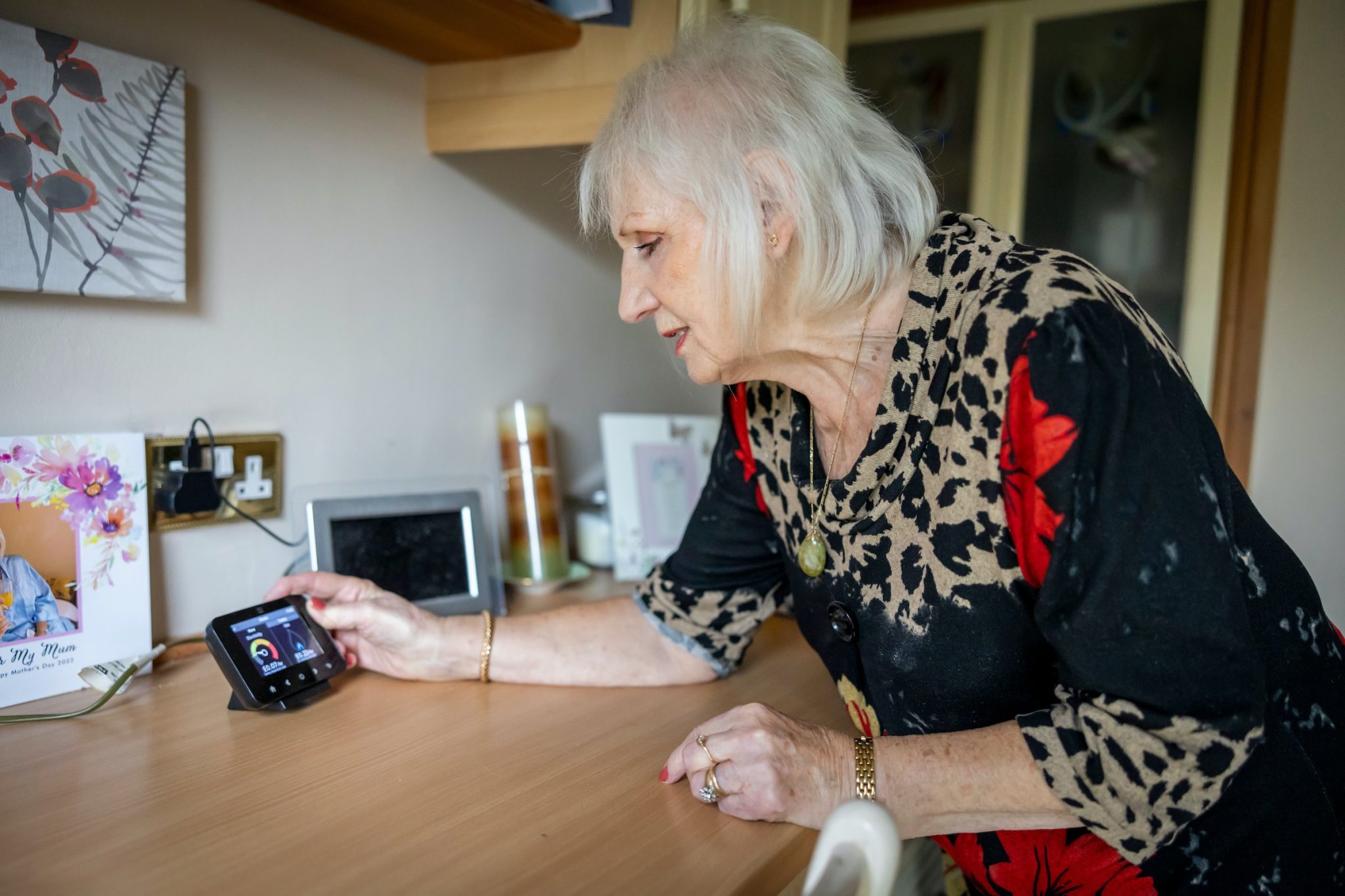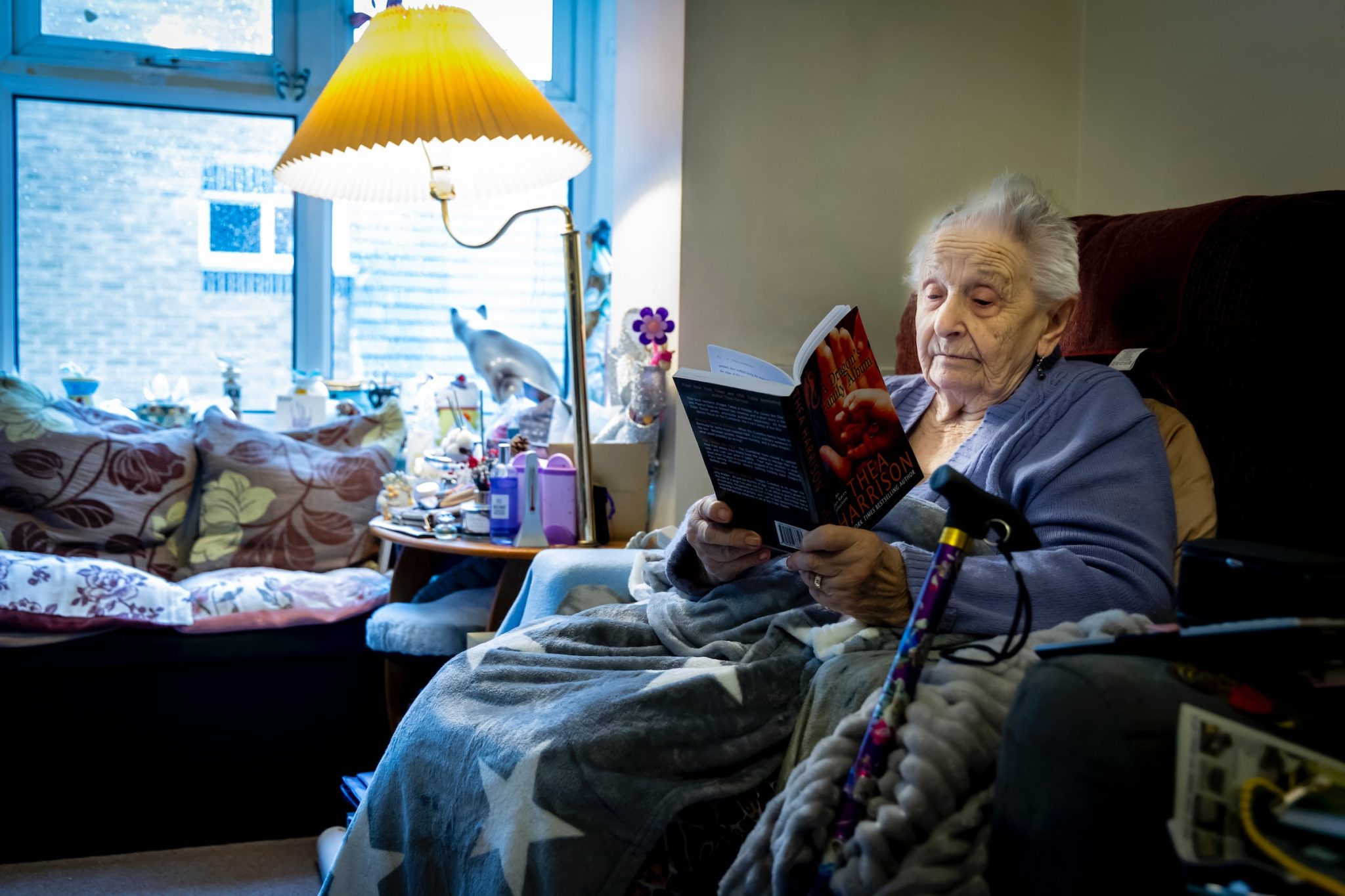Prevention and awareness are key in addressing nursing home abuse and ensuring the safety and well-being of vulnerable seniors. This article explores the importance of prevention and awareness programs, public outreach initiatives, recognizing and addressing risk factors, and advocating for policy changes. By empowering communities with knowledge and tools, we can work towards a society that prioritizes the protection and dignity of nursing home residents.

Table of Contents
Educational Programs
- Importance of educational programs:
- Highlighting the significance of educational programs in raising awareness about nursing home abuse, its consequences, and prevention strategies.
- Discussing how educational initiatives can target various audiences, including nursing home staff, residents’ families, community members, and healthcare professionals.
- Exploring the potential impact of education in promoting empathy, understanding, and improved caregiving practices.
- Topics covered in educational programs:
- Detailing the key areas covered in educational programs, such as recognizing signs of abuse, understanding residents’ rights, effective communication with residents, promoting a culture of respect and dignity, and reporting suspicions or concerns.
- Highlighting the importance of educating individuals about abuse prevention, including strategies to create a safe and nurturing environment for nursing home residents.
Public Outreach Initiatives
- Engaging the community:
- Discussing the role of public outreach initiatives in creating awareness about nursing home abuse and involving the community in prevention efforts.
- Exploring various methods of public outreach, such as community seminars, workshops, informational campaigns, and media engagement.
- Highlighting the importance of partnerships with local organizations, healthcare providers, senior centers, and law enforcement agencies to maximize the reach and impact of outreach initiatives.
- Information dissemination:
- Discussing the importance of providing accessible and reliable information to the public, including online resources, brochures, helpline numbers, and support networks.
- Emphasizing the need to disseminate information in multiple languages to ensure inclusivity and reach diverse populations.
- Exploring innovative approaches, such as social media campaigns and interactive platforms, to engage a wider audience and promote dialogue on nursing home abuse prevention.
In recent years, various organizations have focused on improving the quality of care for Lake Hefner residents looking to receive long-term care. With a top-rated assisted living community at Lake Hefner, making it a model for best practices, this development is part of a growing trend of quality initiatives that are focused on elevating the types of services provided to seniors throughout Oklahoma and beyond. The growing number of resources and awareness for these initiatives play a pivotal role in empowering communities to take action against nursing home abuse.
Recognizing and Addressing Risk Factors
- Identifying risk factors:
- Exploring common risk factors that contribute to nursing home abuse, such as understaffing, inadequate training, lack of supervision, high employee turnover, and poor management.
- Discussing the significance of recognizing individual resident risk factors, including cognitive impairments, physical disabilities, social isolation, and limited support systems.
- Highlighting the importance of conducting comprehensive assessments and creating individualized care plans to address residents’ unique needs and minimize the potential for abuse.
- Implementing preventive measures:
- Discussing strategies to address identified risk factors, such as improving staffing levels, enhancing employee training programs, implementing strict hiring practices, and fostering a culture of resident-centered care.
- Exploring the role of technology in abuse prevention, including surveillance systems, electronic monitoring, and secure communication platforms.
- Emphasizing the importance of regular monitoring, auditing, and quality assurance measures to ensure ongoing compliance with preventive practices.
Advocating for Policy Changes
- Identifying gaps in existing policies:
- Discussing the need for comprehensive and robust policies that address nursing home abuse prevention, reporting mechanisms, investigation processes, and enforcement actions.
- Identifying gaps in current legislation and regulations that may hinder effective prevention and response to nursing home abuse.
- Advocacy efforts:
- Exploring ways to advocate for policy changes, such as collaborating with advocacy organizations, engaging with legislators, and participating in public hearings or policy discussions.
- Highlighting successful advocacy campaigns that have resulted in positive changes in nursing home regulations or increased funding for prevention initiatives.
- Emphasizing the importance of ongoing monitoring, evaluation, and refinement of policies to ensure their effectiveness in protecting nursing home residents.
- include case studies or personal stories that highlight the impact of prevention and awareness efforts in reducing nursing home abuse.
- Discuss the importance of ongoing evaluation and refinement of prevention strategies to adapt to changing needs and emerging trends in nursing home care.
- Highlight the role of research and data collection in informing prevention initiatives and driving evidence-based practices.
- Explore the collaboration between nursing homes, regulatory agencies, and community organizations in implementing comprehensive prevention strategies.
- Discuss the role of technology in prevention efforts, such as electronic documentation systems, real-time monitoring, and predictive analytics.
- Address the importance of accountability and consequences for non-compliance with regulatory standards, including penalties and legal actions.
- Discuss the potential challenges and barriers to effective prevention, such as limited resources, cultural barriers, and the need for ongoing training and education.
- Explore the role of family and resident involvement in preventing abuse and promoting a resident-centered care approach.
- Discuss the importance of community support and engagement in creating a culture of awareness, reporting, and prevention.
- Provide resources and references for further information on prevention strategies, regulatory compliance, and reporting mechanisms.

Conclusion
Prevention and awareness play a crucial role in addressing nursing home abuse. Through education, outreach, risk factor recognition, and advocacy, we can work towards creating a safer environment for nursing home residents. By sharing knowledge, implementing evidence-based practices, and fostering collaboration among stakeholders, we can strive towards a society that values the well-being and dignity of our seniors. However, it is important to acknowledge that the fight against nursing home abuse is an ongoing effort that requires continuous evaluation, adaptation, and collective action. By working together, we can create a future where nursing home abuse is minimized, residents are protected, and their rights are upheld.
- About the Author
- Latest Posts
Whether she is researching the latest trends in home decor, life-changing destination getaways, or the best way to maintain your finances, Dewey takes pride in leaving no stone unturned. She is passionate about distilling and delivering high-quality information that you can use to upgrade your life.

